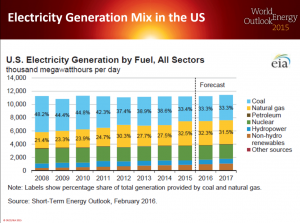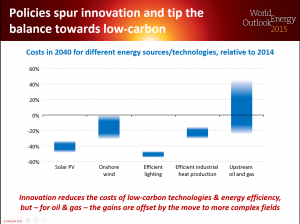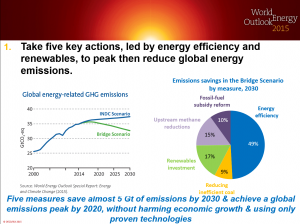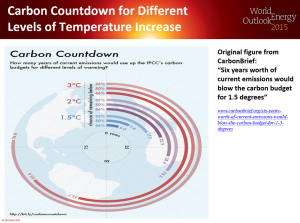Dr Julia Sachs, a Research Associate at the Sustainable Gas Institute shares some insights from this year’s Sustainable Gas Research and Innovation 2016 conference.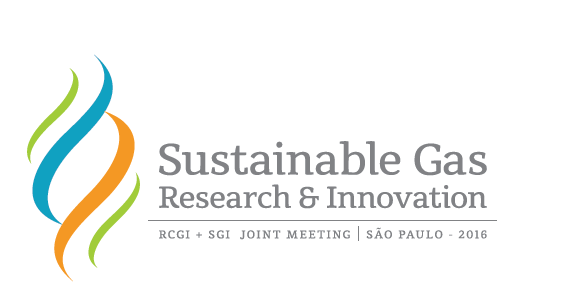
Last month, I had the opportunity to attend the first annual conference in natural gas sustainability and innovation, which took place in São Paulo, Brazil. One of the main aims of the conference, co-organised by the Sustainable Gas Institute (SGI) and Research Centre for Gas Innovation (RCGI), was to bring together international stakeholders from academia and industry, and to explore the role of natural gas in the global energy landscape and a low carbon world.
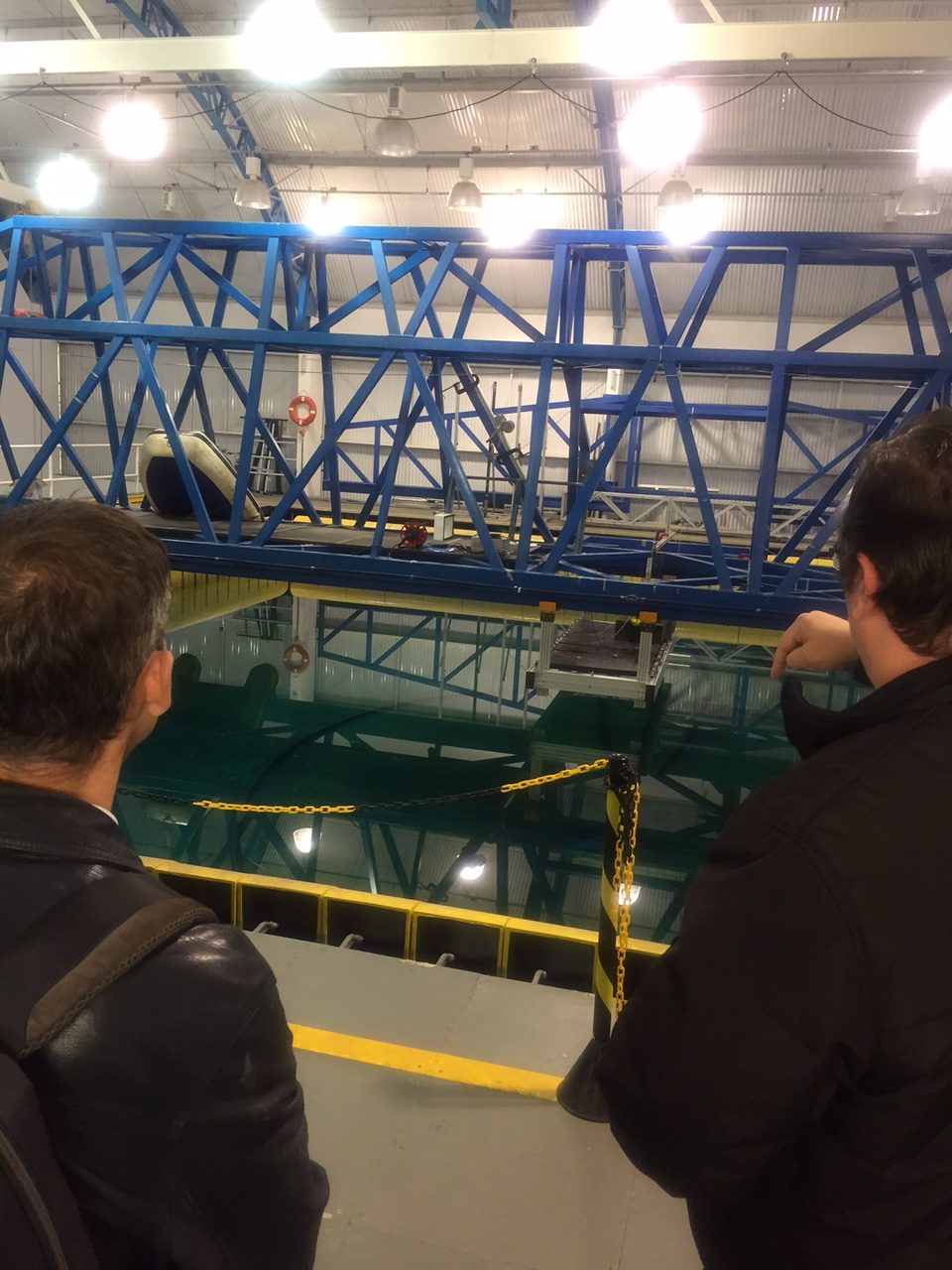
São Paulo was an excellent location for the conference as it’s a key industrial hub in Brazil, and also responsible for 10.7% of Brazilian GDP.
Before the conference, we had the opportunity to tour around the University of São Paulo (USP) campus (where RCGI is based) and find out more about the research taking place at our sister institute, in the Laboratories of the Mechanical Engineering and Chemical Engineering departments.
It was really impressive to see the numerous experimental setups and how theoretical research was directly brought into practice. The highlight for me was the virtual reality simulator used for guiding boats into ports and also the deep offshore wave generator tank which serves as model for testing the durability of design for ships, renewable energy devices and offshore structures.
For the Olympics, the tank had even been programmed to generate an image of the Brazilian flag. You can see the video in this tweet.
The two day conference started with the directors from the co-hosting organisations, Prof Nigel Brandon (SGI) and Prof Julio Meneghini (RCGI) introducing the keynote speakers, Dr Rob Littel (General Manager Gas Separation from Royal Dutch Shell) and Prof. Carlos Henrique de Brito Cruz (Scientific Director from FAPESP, the São Paulo Research Foundation).
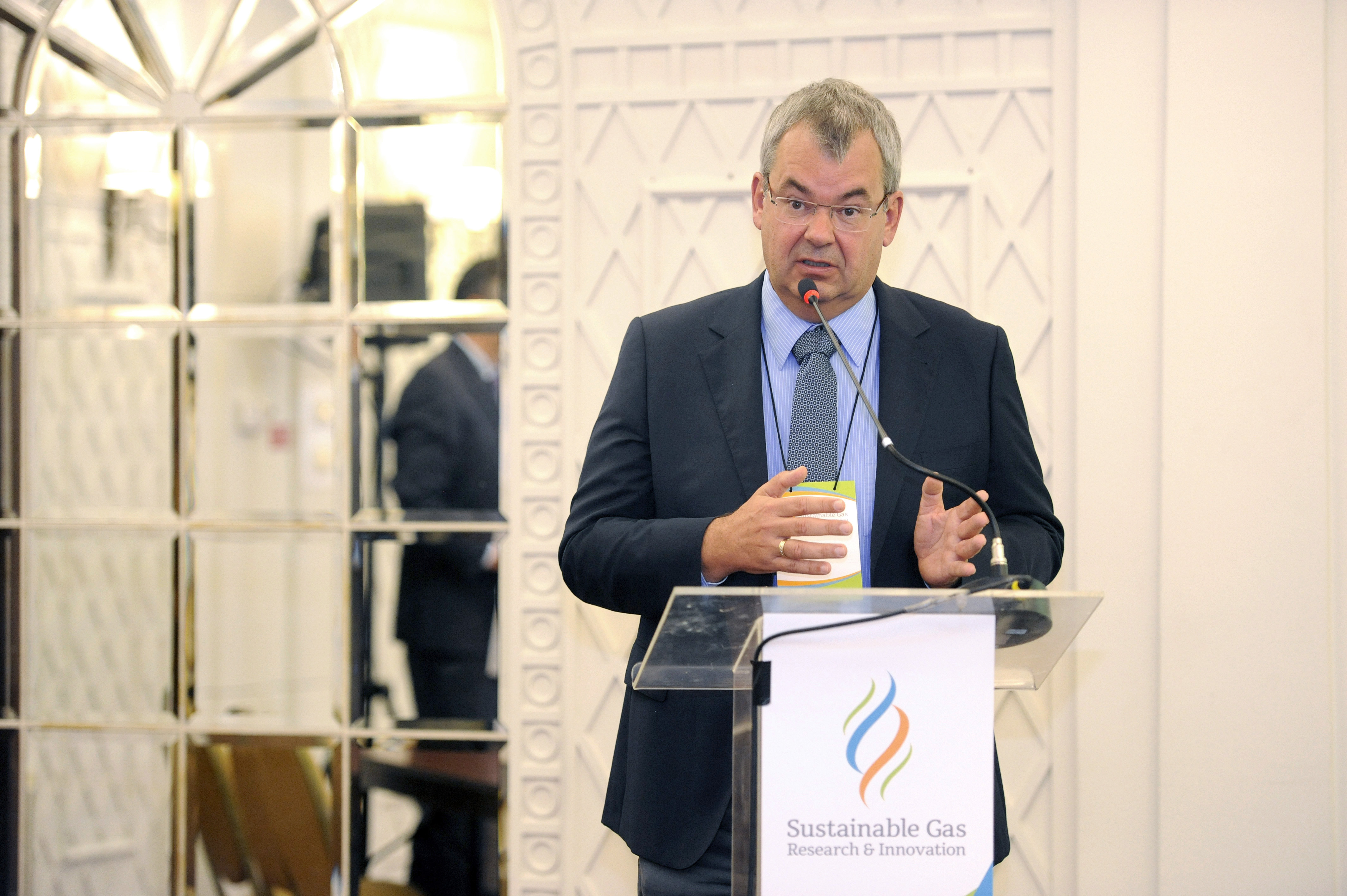
Dr Rob Littel emphasised the current challenges faced by the industry; CO2 regulations, a lower oil price, and rising energy demand which will require a diverse energy landscape and a combination of fossil fuels and renewables as well as new innovations. Dr Littel described two promising separation technologies; the next-generation post combustion capture of CO2 potentially using solid sorbents and carbon molecular sieve membranes for natural gas separation to achieve a reduction of the amount of space required and up to 60% cost savings.
He also emphasised the need for a strong collaboration between universities and industry to successfully face these challenges, and that the role universities such as Imperial College and University of São Paulo (USP) will play in identifying the most promising technology pathways.
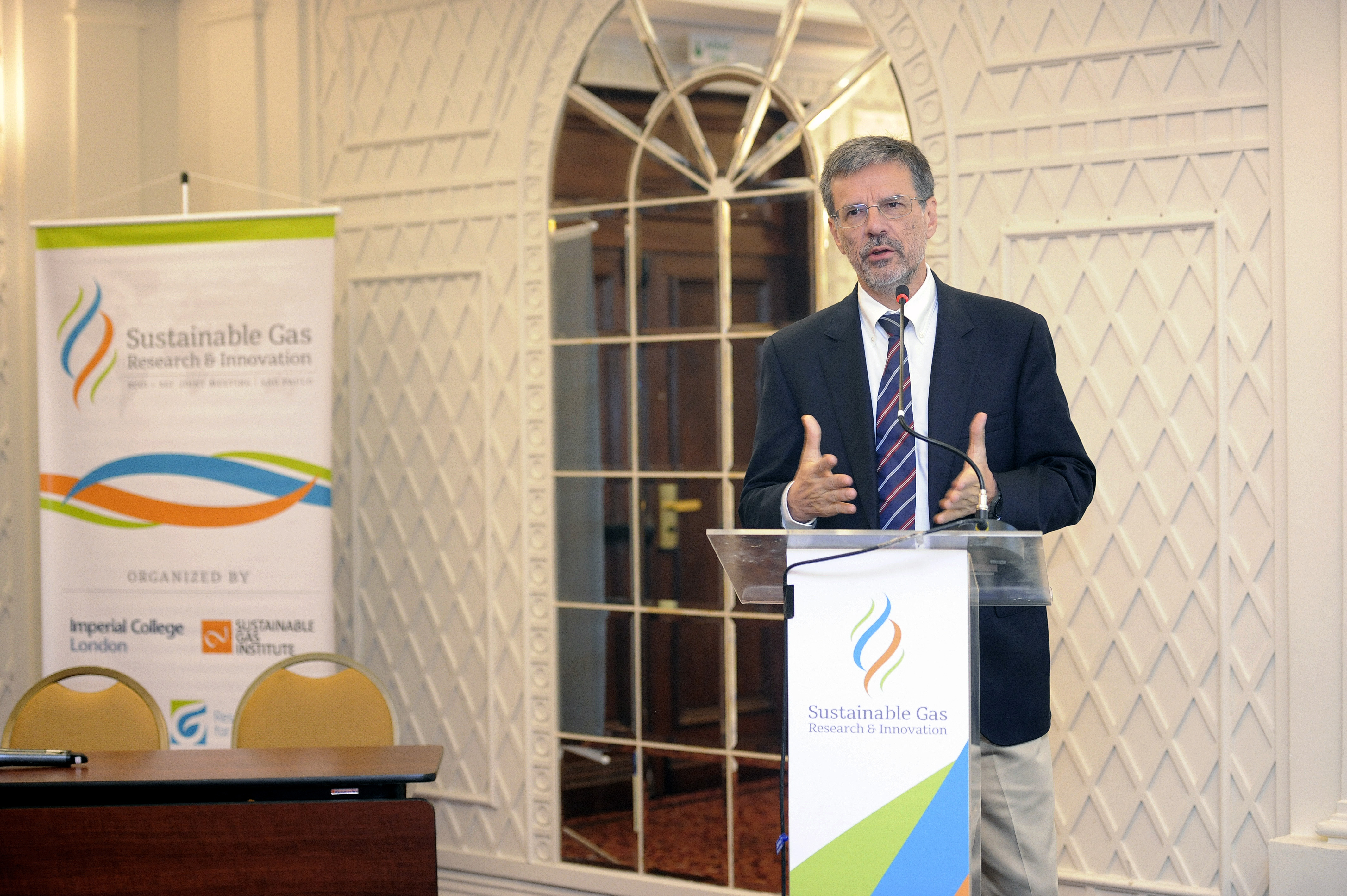
The second keynote was Prof. Carlos Henrique de Brito Cruz, who emphasised the role of Brazil in meeting these challenges, in particular São Paulo as an unique city/state with significant economic, research and academic importance.
In Brazil, nearly half (47%) of power is from renewables such as biofuels. He also mentioned how Brazil is the world’s second largest producer of ethanol fuel which uses an exclusive blend of ethanol and gasoline to run light vehicles. The question is how to integrate renewables with natural gas.
While travelling around São Paulo, we were aware of one of the major problems facing the city. Huge traffic jam build ups to 100km long are common. Prof. Carlos Henrique de Brito Cruz mentioned this congestion issue, and the resulting high CO2 emissions which requires technological innovations.
The core of the conference consisted of a series of talks about ongoing projects of the RCGI and SGI covering a wide range of topics in areas such as engineering, physics, chemistry, modelling, economics, policy, and energy efficiency all under the linked to drive the wider research field of sustainable gas innovations.
In total, RCGI has 29 projects in different phases of a technology’s life cycle.
As a member of the Energy System Modelling team, it was of particular interest to me to identify how energy models that could be applied to the different projects.
In particular, Energy Systems Models such as those being developed at SGI (MUSE) will play an increasingly influential role to identify trends in the energy market, the effects of policy regulations and the requirements needed and necessary actions to meet different environmental and economic objectives.
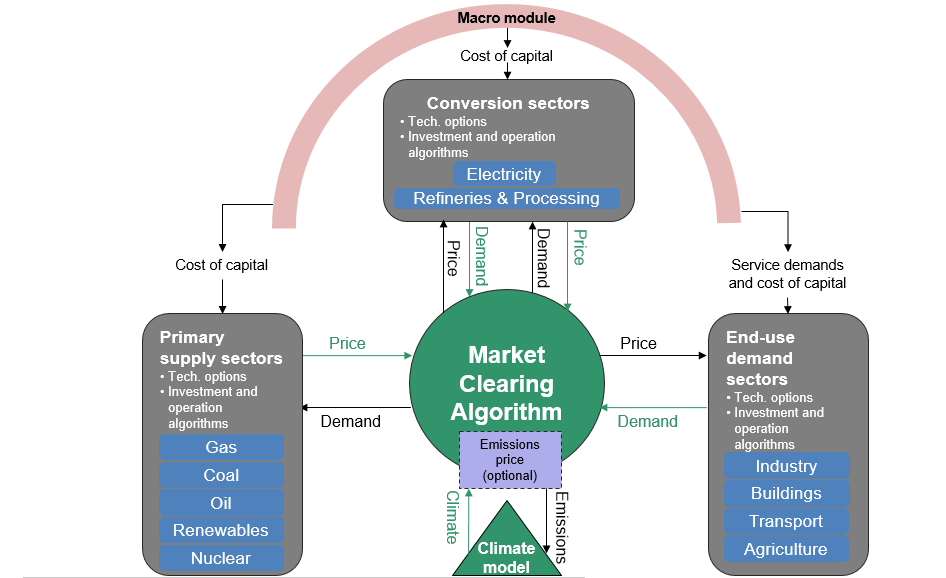
MUSE is designed to generate plausible transitions of energy systems towards a low carbon economy with a specific focus on the role of gas in delivering a more sustainable future.
One of the highlights of the conference was the panel discussion “An international perspective: Innovation in natural gas”. The list of speakers included global experts from academia, government and industry to discuss the opportunities and challenges with natural gas as well as to give a perspective about the innovation technologies that might be required.
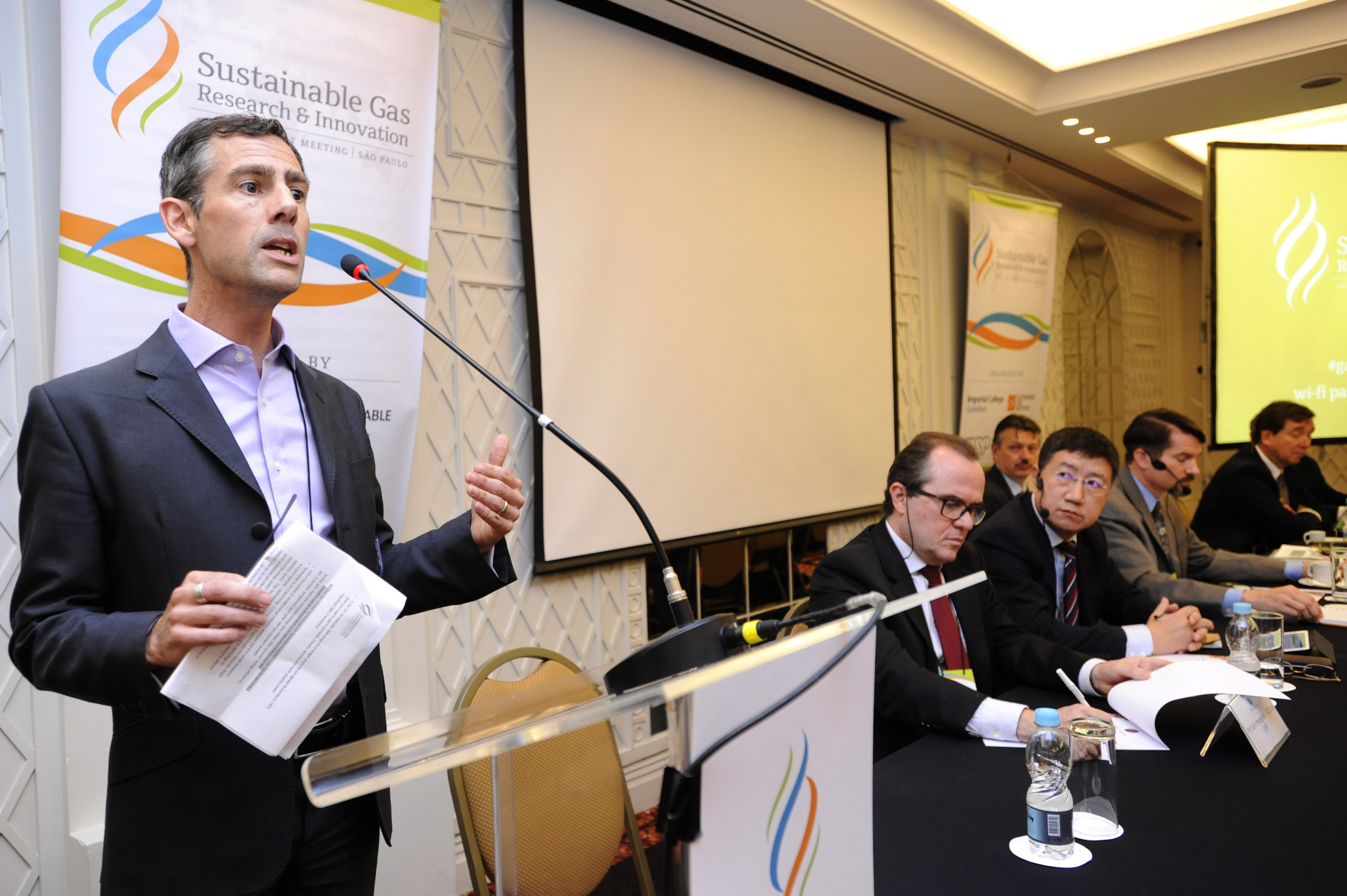
Some key points were highlighted during the discussion:
- Natural gas needs to be considered as an isolated solution but as part of the global energy mix.
- New technologies (e.g. CCS) are needed to enable an efficient use of natural gas to meet the agreements of the COP-21
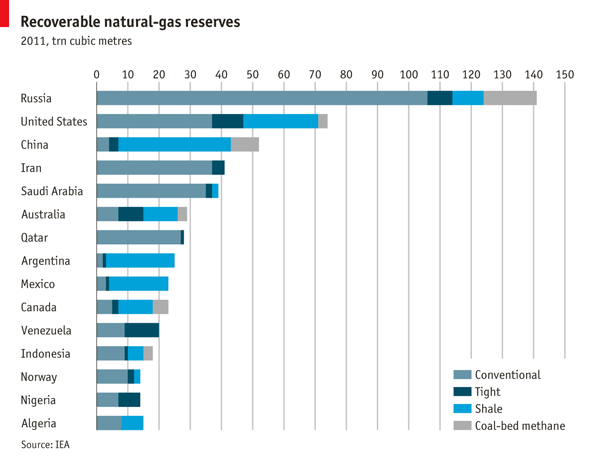
Although, there exists some common points about the future of natural gas across the world, the problems individual countries face and the role of natural gas is surprisingly different. For example, in the UK, the national gas consumption is already declining. While, in contrast, natural gas presents a promising solution to limit emissions in coal dominated markets such as China.
Research from the International Energy Agency (IEA) generally shows that natural gas is likely to play a crucial role in two main areas: in the transport and the power sectors. In particular, there is a trend for the use to substitute coal in the OECD counties and as an addition to the energy mix in non-OECD regions to meet the rising energy demand while simultaneously limit emissions. The US has a large amount of natural gas as ethane resources which raises the problem of how to cost efficiently export natural gas and also how best to use the ethane.
One of the take home messages for me was that there are different drivers in different parts of the world based on the availability of gas, the accessibility, the price and in particular the existing energy mix but all aim to limit emission and require innovations to reach these goals.
Julia is a Research Associate working on the MUSE energy systems model at the Sustainable Gas Institute.
The next Sustainable Gas Research Innovation conference will take place on September 17th and 18th in 2017. Please email SGI@imperial.ac.uk for further information.
